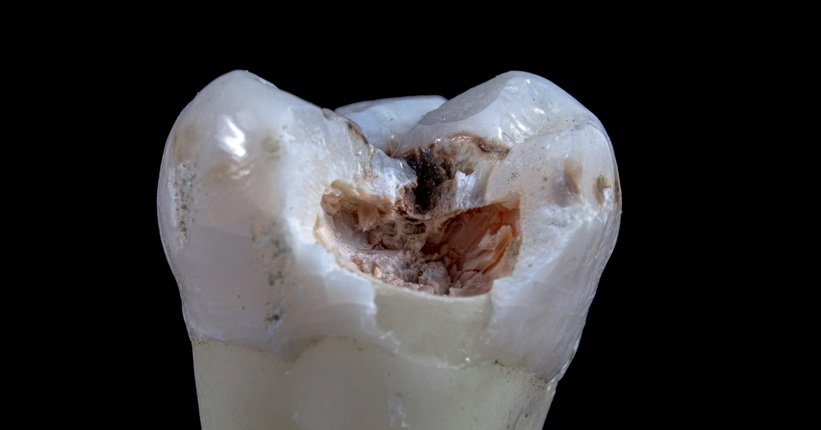
Zygomatic implants, i.e. implants for demanding
Patients with bone atrophy or a low-set sinus bottom have to reckon with additional treatments if they want to fix dental implants. Raising the sinus floor or restoring bone tissue are procedures that extend the time of implant treatment and increase its cost. There are also cases when the specific formation of the jaw does not give a good prognosis, even despite the preparatory procedures. Do such patients have to say goodbye to dreams of implants? No. Zygomatic implants can be the solution.
What are zygomatic implants?
Zygomatic implants are much longer than traditional dental implants, ranging in length from about 30 mm to more than 50 mm. They are used in patients with maxillary sinus problems or bone atrophy, in whom traditional implants would not provide adequate stabilization. These implants are implanted directly into the zygomatic bones, which are characterized by a large volume and a favorable bone structure. Although the procedure is performed under full anesthesia and seems complicated, in practice it significantly shortens the surgical procedures associated with the implementation of dental implants and is advantageous in price, since it eliminates the need to carry out bone grafts or lift the sinus floor.
Where did zygomatic implants come from?
Zygomatic implants were developed by Swedish professor Per-Ingvar Brånemark, one of the pioneers of implantology. In the 1980s and 1990s, bone atrophy and a low-set sinus floor were absolute contraindications to implantation. Brånemark discovered that the zygomatic bone has the right volume and structure to accommodate implants. The first procedure using zygomatic implants was carried out in 1989, which gave a chance to restore missing teeth to patients with significant bone defects.
When to use zygomatic implants?
Zygomatic implants are used in patients who are particularly difficult to treat, usually with complete toothlessness of the jaw and very advanced bone atrophy. They give a chance to get rid of removable dentures. They can be used as pillars for fixed prostheses or can be used together with standard implants, e.g. in the all-on-4 concept. Thanks to them, complete prosthetic restoration is possible without the need for bone grafts, which reduces the risk of complications, shortens treatment time and improves patient comfort.
How to prepare for the procedure?
Before the procedure, the dentist should conduct a thorough examination:
- Radiological — tomography of the jaw and sinuses to assess their structure and exclude inflammation.
- Assessment of the health of the maxillary sinuses, especially for possible inflammation.
- Functional analysis to ensure that zygomatic implants allow for correct occlusion and stability of the prosthesis in relation to other teeth or prosthetic restorations.
How does the procedure look like?
The procedure for implantation of zygomatic implants is carried out under general anesthesia. Implants are inserted into the yoke bone at an angle of about 45 degrees. The implant is terminated with a cortical anchorage, which ensures high stability. Thanks to this, it is possible to immediately load the implants and place crowns or prostheses on them as early as the day after the procedure. The whole process is shorter and less invasive than traditional methods that require bone grafts. The procedure is performed by an experienced surgical team, which increases the safety and success of treatment.
In conclusion, zygomatic implants are an innovative and effective solution for patients with severe jaw bone atrophy, allowing the restoration of a smile without the need for complicated and lengthy transplant procedures. Thanks to them, patients can quickly recover the functionality and aesthetics of the dentition and improve the comfort of life.
Content author

Dr. Jan Kempa
Dr. Jan Kempa is a passionate dentist who always cares about a good relationship with patients. His positive attitude makes even the most timid patients feel safe. He specializes in implantology and dental surgery, using modern treatment techniques. He is enthusiastic about using his own tissues to rebuild bones before implantation and to cover gum recession. Dr. Kempa always finds the time to listen to the patient and offers individual solutions.

Start treatment already today!
Make an appointment and discover why our patients recommend us to their loved ones. We will take the utmost care of your smile.


